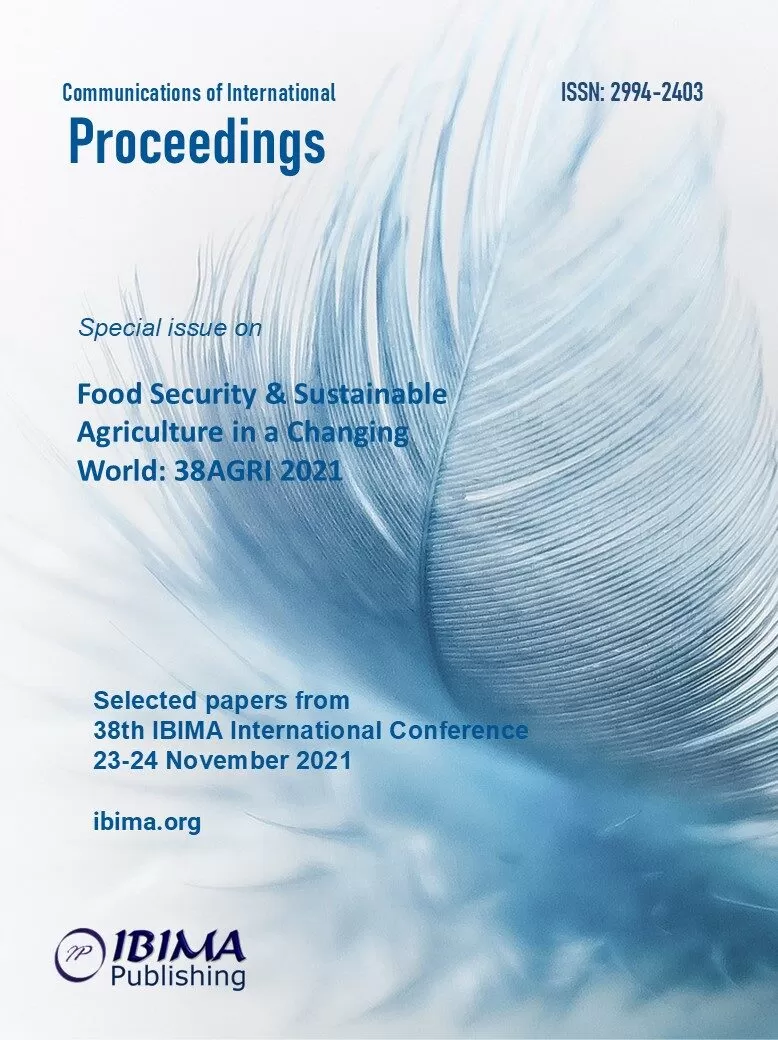
Adriana MORAR, Viorel HERMAN, Alexandra BAN-CUCERZAN, Mirela IMRE, Doru MORAR, And Kálmán IMRE
Faculty of Veterinary Medicine, Banat’s University of Agricultural Sciences and Veterinary Medicine “King Michael I of Romania” from Timisoara, 300645, Romania

The aim of this study was to analyse the microbiological quality of 19 assortments of spices and herbs, used in three meat processing plants. In this regard, 68 batch samples were investigated for yeast, molds and Enterobacteriaceae count. The obtained results were counted as satisfactory, acceptable and unsatisfactory. Subsequently, the identification of the fungal species, and the evaluation of the presence of mycotoxins were performed. In addition, 22 samples were processed in order to detect Listeria monocytogenes and Salmonella spp. Yeast and mould level showed acceptable results in 4 (5.9%) spices (black berry pepper, allspice ground, paprika, mustard powder) and unsatisfactory in 2 (2.9%) samples (ground black pepper and curry powder). Seven fungal species were identified (Aspergillus niger, A. flavus, A. citrinum, A. clavatus, A. ochraceus), without the presence of mycotoxins. Enterobacteriaceae count expressed acceptable levels in 2 (2.9%) samples (black berry pepper and paprika) and unsatisfactory level in 3 (4.4%) samples (ground black pepper, oregano ground, and dried onion flakes). L. monocytogenes was identified in one (1/22; 0.9%) sample (black berry pepper). None of the samples were found to be positive for Salmonella spp. The obtained results indicate a microbiological instability of ground spices compared to those with structural protection elements, and highlights a potential public health concern. This fact can result in important economic losses derived from hospitalizations in case of foodborne outbreaks, as well as batch confiscations if the hazard is identified during the self-control process of the food producer.